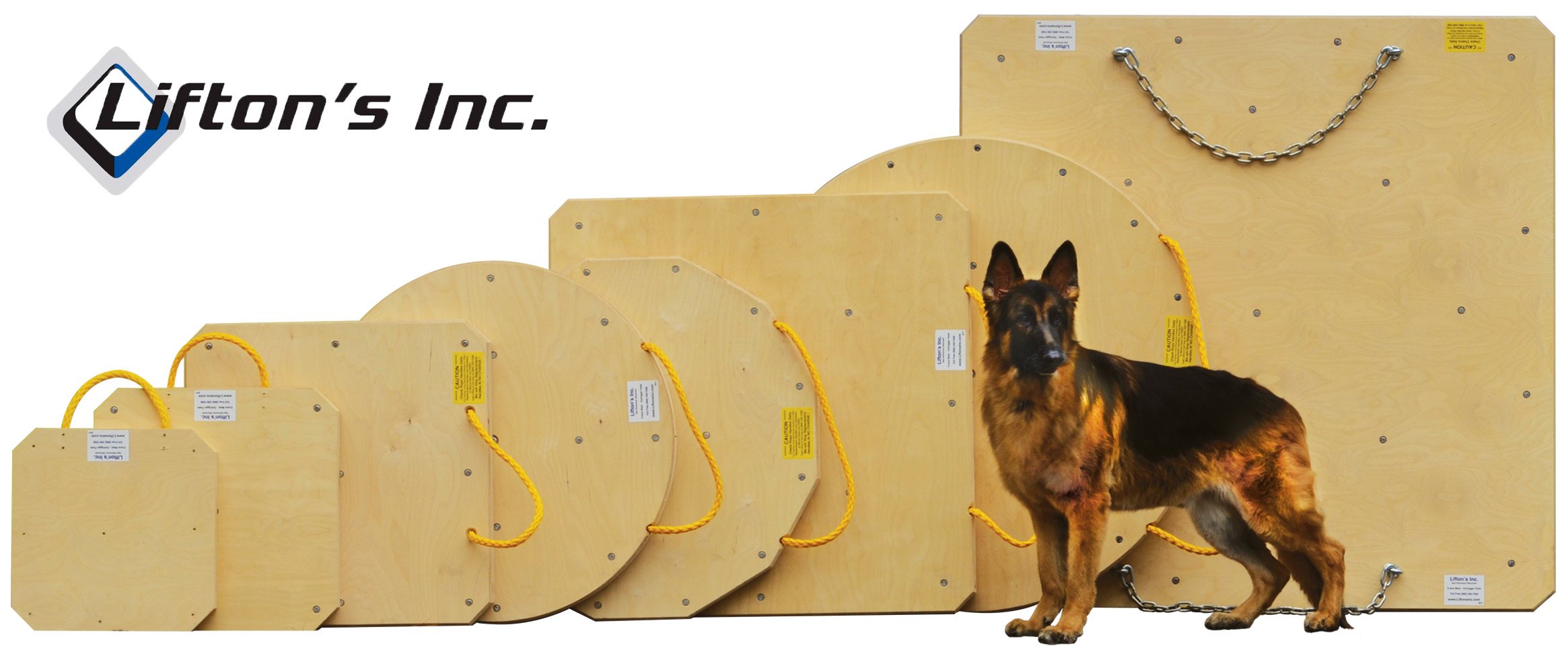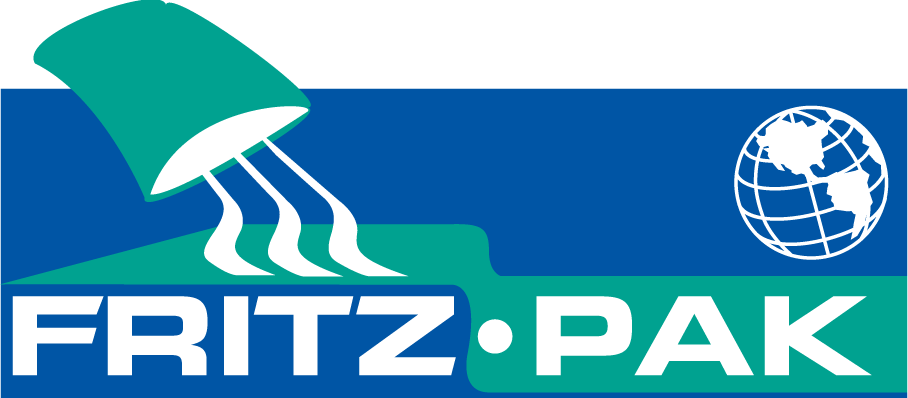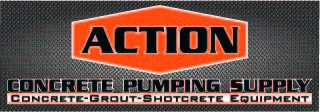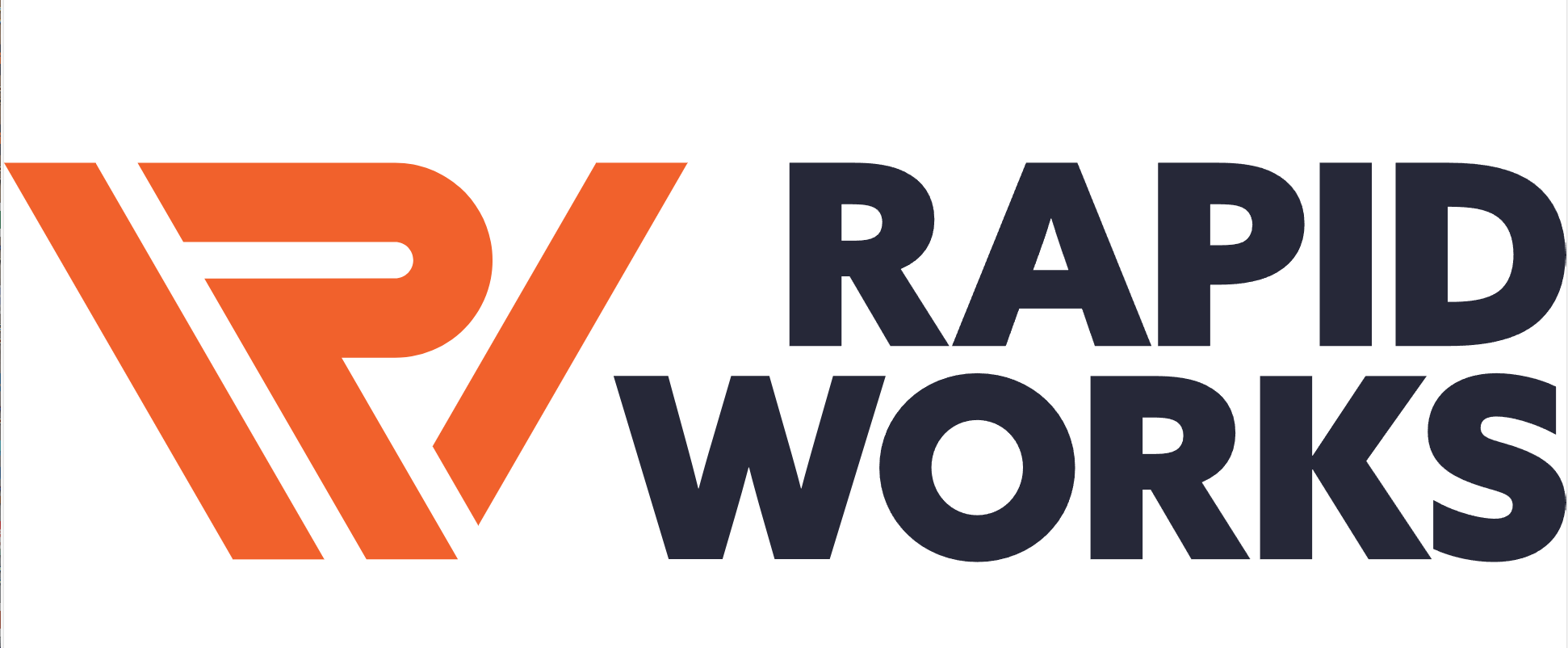| JoelDLong | 02-17-2015 | comment profile send pm notify |
|
When did the ability to short rig a pump or belt (regardless of size) become such a good idea that it is now a selling point for all the major manufacturers... After all the pump down pictures on here and other forums, and as accidents become a little more commonplace, why is it becoming a BETTER idea to short rig your equipment? As far as I'm concerned, there should be a safety stop on every boom that will not let it come out of the cradle until all 4 outriggers are deployed and each has verified down pressure. If there is not room to properly set up a big boom, try a smaller one!! I bought a Honda motorcycle instead of a Harley because I'm limited on garage space and that Honda will just sit there upright with no support as long as the wind isn't blowing and I keep the ceiling fan off. My old Harley just took up way too much space, what with having to lean it over to rest on the kickstand and all.
|
||
| PUMBO | 02-18-2015 | reply profile send pm notify |
|
Think of this carefully now. The pumps are just so lightweight now, smallest possible footprints, and so big on smallest chassis of choice that the judgement of the operator has to be fullproofed by a system that can ensure a high service life and safety factor of the machine. For example with Short rigging, in the past the chassis/frame served as more of a portion of the trucks stability. You had lots of steel counterweight and outriggers where over designed and definitely a lot more forgiving to short rigging. Today, the positioning of the outriggers with reference to the placing booms' area of work is even more crucial than the past. As experienced as an operator is, with todays modern pumps being so light and booms longer on such a light chassis, it is nearly impossible for the operator to problem solve or attempt to short rig in a safe manner under every job condition accurately. Therefore a system had to be implemented to overcome a safety concern. It is marketed more to sell a larger boom to a client that can cover different types of jobs as opposed to selling 2 different pumps that would be site specific. Now the dissadvantage in real world application is this has some downside because with pump hire rates it is expected some time in the near future for a 42M may going out for the same rate as a 32M only because it can be just as compact.
|
||
| PUMBO | 02-18-2015 | reply profile send pm notify |
|
In regards to a safety function on outriggers, there is current european safety directive recently introcuced for new machines to have position sensors on all outriggers so that the boom will not lift out of the cradle or move if the sensor readings do not comply with the CPU state for safe boom motion. And there will be no overide fuction. This will become worldwide one would expect in the next 18-24 months. There is no ground load sensing capacity or plan to implement it at this point in time. |
||
| PUMBO | 02-18-2015 | reply profile send pm notify |
|
Further more detailed information can be found here: www.pmw.de/pm_online/data/PM_4478_GB.pdf
|
||
| Dipstick | 02-19-2015 | reply profile send pm notify |
|
I think short rigging is a very good idea. Unless you have no brain that is. In many cases you realy don't need all your outriggers out. Why not deliver a product that would be genius for the job just because you're afraid the operator is not capable? Get a propper guy on the machine and all your problems are solved.. |
||
| Farmboy72 | 02-20-2015 | reply profile send pm notify |
|
So true, Dipstick |
||
| Farmboy72 | 02-20-2015 | reply profile send pm notify |
|
Do not misundeRostand me, you should only short rig as a last resort. |
||
| Generation 3 Pumper | 02-20-2015 | reply profile send pm notify |
|
I wouldn't go as far as to say that short rigging is a "very good idea" but unfortunately it is where our industry is at right now with job site space requirements; we all say "that will be enough room to get the job done, we'll just short rig the machine." There are many competant operators out there who can safely complete a job while short rigging and as mentioned above, the manufacturers are all supporting the use of their machines while short rigging. I think the message we need to convey to contractors is pump operators, even really good pump operators can make mistakes too. We are all human and it's human nature to make mistakes. Just a couple of many examples of what could happen: You complete the pour successfully and the contractor says we want you to pump out over there "encroaching the limits of your short-rigging." It's late, cold, windy, and dark and the operator jsut wants to go home, and maybe the operator's head is somewhere else and forgets about his short-rigged outriggers. A great percentage of accidents happen after the actual pour is complete and its because of the fact the people have brain lapses that these accidents occur. What happens if the slewing hand-valve gets a piece of debris stuck in it and the boom continues to slew in that direction, maybe some operators wouldn't know what to do in this situation. I have been successful 100's to 1000's of times personally short-rigging a machine but make my best effort every time I setup to get all 4's out because I recognize the fault in human nature and machinery, in a perfect world and in theory, it's an easy concept but in the real-world, people make mistakes and equipment fails. |
||
| gboom | 02-20-2015 | reply profile send pm notify |
|
We have mobile cranes, that level themselves out with the push of a button, so with all the technology available, why do pumps do not have this feature? This very same system also adjusts, if during a lift, a o/r looses the pressure set at set up, meaning the ground is giving away. You can incorporate this system with a swing limitation, and the question of short rigging goes (almost) away |
||
| lucky phil | 02-20-2015 | reply profile send pm notify |
|
Check out the cifa for the short rigging! wont let me share the link but search cifa ktronic on youtube |
||
| CPE America | 02-21-2015 | reply profile send pm notify |
|
Hi Gents, reading about the comments on short rigging, I would like to make some comments. Short rigging used to be frowned at and not allowed in Australia. Today, there is technology that assists operators when they need to short rigg their pumps. We sell the Everdigm pumps in Australia and now the USA (www.cpeamerica.com). Our machines are come standard with OSS (One Side Support) for machines greater than 36M. This is because the technology used is for SLEW RINGS and not slew racks.The technology is not there to replace the "pilot" but to assist. The system works with various sensors on the boom and outriggers. When the OSS system is engaged, the operator can set up his machine in the space available, and than the boom will not move to the areas where it is not safe. So, it does not depend on the "operator remembering how far he can slew" but the system knows where the boom is at all time, and will not let it move in the danger zone.There is also an in built safety factor of how far the boom moves, so the system is never taken to the LIMIT. Wherever possible, the outriggers should always be fully opened, but when you need to short rigg, we can help you work safer and do not dpend on "remembering"....I will get our technical department put up a traing module on our website in the next few days so we will show you how it works. Visit our website and register onto our "TRAINING" tab, and we will continue to upload information that is useful for the Concrete Pumping Community. If you have specific technical questions, please send them in and we will see how we can help. Sebastian |
||
| Dipstick | 02-23-2015 | reply profile send pm notify |
|
gboom... Its funny. They give us a system that keeps the endhose level so you can run your pump with one hand and have a smoke or a coffee in the other but a system to level the pump.. It is a bit scary though.. When your leggs start to sink and you can't see the pump you will not notice untill your outrigger is all the way out and deep in the ground.. |
||

_1.png)









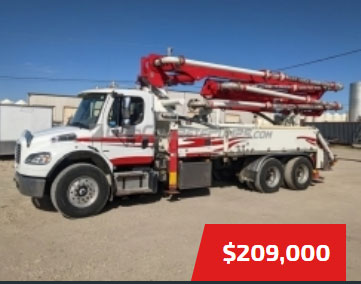




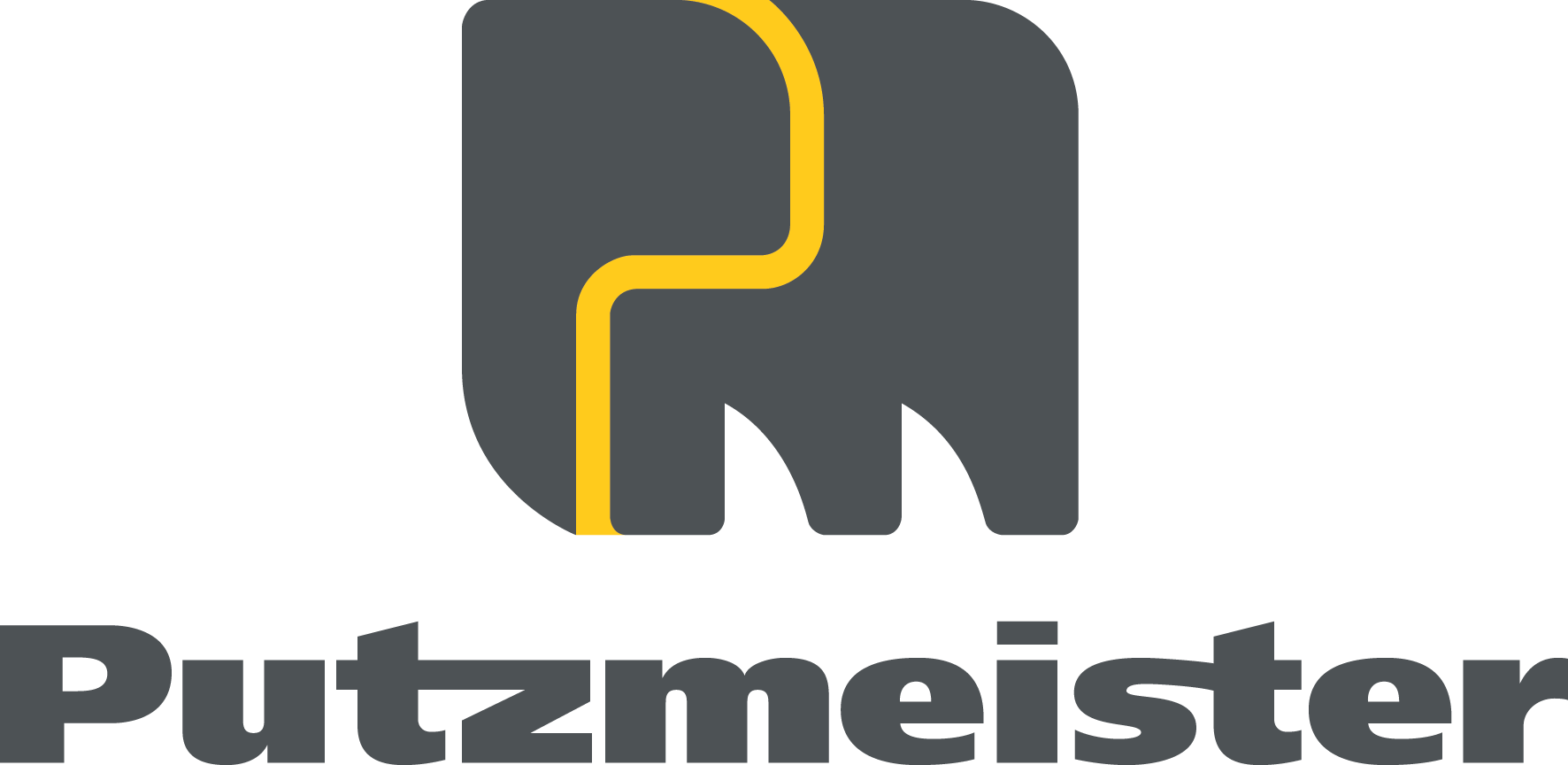



.jpg)
.gif)

.jpg)









.jpg)
